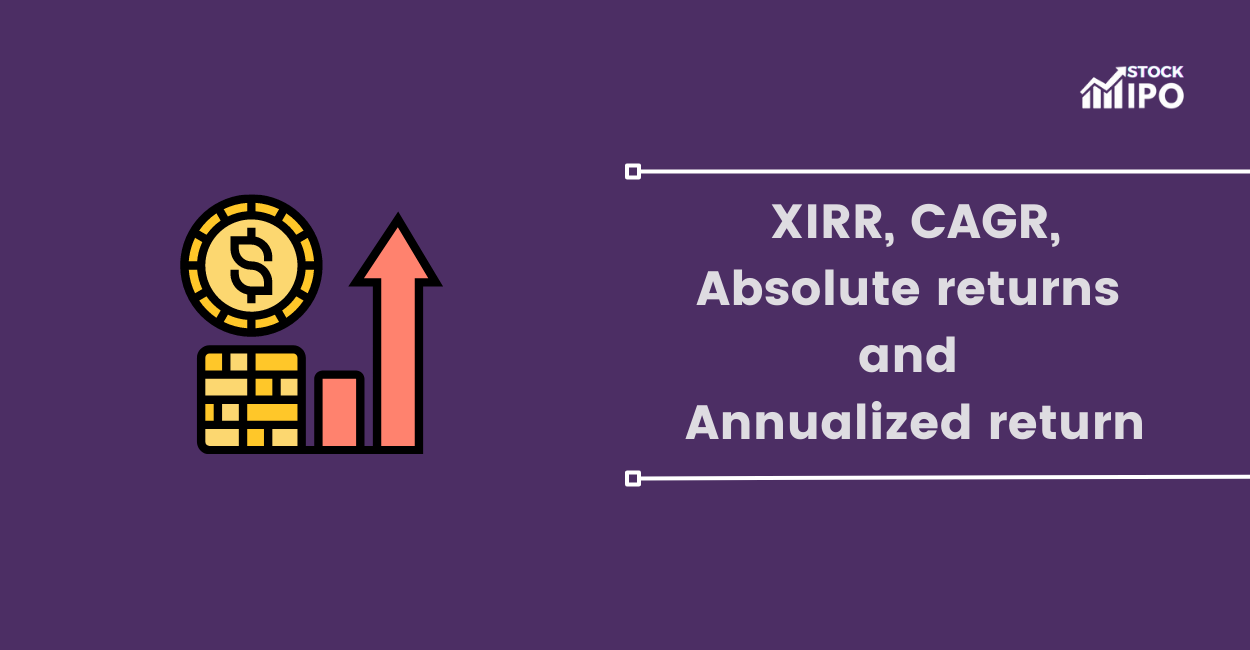The world of finance and investing is laden with metrics and ratios that assist investors, analysts, and businesses in decision-making. One such critical metric is the Debt-to-Equity (D/E) Ratio. It provides an indication of a company’s financial leverage. Here’s everything you need to know about it.
What is the Debt-to-Equity Ratio?
The Debt-to-Equity Ratio is a financial ratio that measures the relative proportion of shareholders’ equity and debt used to finance a company’s assets. In simpler terms, it indicates how much debt and equity a company is using to run its operations.
Formula:
Debt-to-Equity Ratio (D/E) = Total Liabilities / Shareholders’ Equity
Where:
- Total Liabilities = Short-term + Long-term debts
- Shareholders’ Equity = Total assets – Total liabilities
Interpreting the Ratio:
- High D/E Ratio: Indicates that a company has been aggressive in financing its growth with debt. This can result in volatile earnings due to the interest expense.
- Low D/E Ratio: Suggests that a company has not taken on as much debt. Such companies might be seen as less risky to creditors and investors.
Example:
Let’s consider an Indian company, XYZ Ltd., with the following financials:
- Total Liabilities = ₹1,000 crore
- Shareholders’ Equity = ₹500 crore
D/E Ratio = ₹1,000 crore/ ₹500 crore = 2
This means for every rupee of equity, the company has ₹2 in debt.
Why is the Debt-to-Equity Ratio Important?
- Risk Assessment: High debt levels might indicate higher risk, especially if the company cannot service its debt through earnings.
- Capital Structure Analysis: Helps investors understand how a firm finances its operations and expansion.
- Comparison: Allows comparison between companies in the same industry to determine which operates with more financial leverage.
Sectoral Differences
It’s important to note that acceptable D/E ratios can vary widely by industry. For instance, capital-intensive sectors like infrastructure or utilities in India typically have higher D/E ratios than tech startups or service-oriented companies.
Implications for Indian Investors
- Macroeconomic Factors: With changing interest rates by the Reserve Bank of India (RBI), the cost of borrowing can fluctuate, impacting companies with high debt.
- Regulatory Environment: India’s evolving regulatory landscape can influence how businesses raise capital.
In Conclusion
While the Debt-to-Equity Ratio is a powerful tool, it should not be used in isolation. Investors should consider other metrics and conduct a comprehensive analysis, perhaps even comparing the company’s D/E ratio against industry benchmarks or historical data.
Note: For those seeking further insights on company-specific D/E ratios and industry averages, sites like MoneyControl and NSE India offer detailed financial data for Indian businesses.






